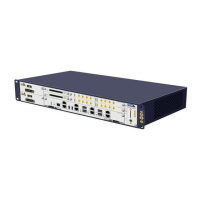
 Loading...
Loading...
Do you have a question about the Zte ZXR10 ZSR V2 Series and is the answer not in the manual?
| Series | ZXR10 ZSR V2 Series |
|---|---|
| Operating Temperature | 0°C to 45°C |
| Storage Temperature | -40°C to 70°C |
| Ports | GE, 10GE |
| Storage Humidity | 5% to 95% (non-condensing) |